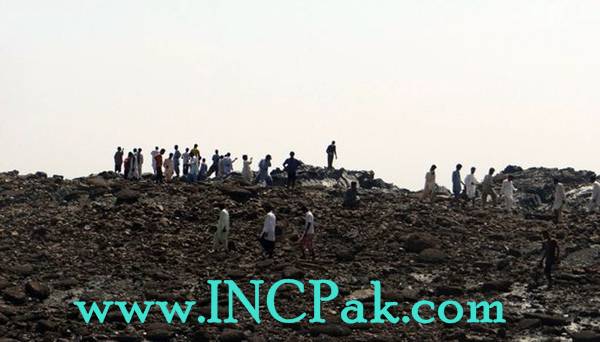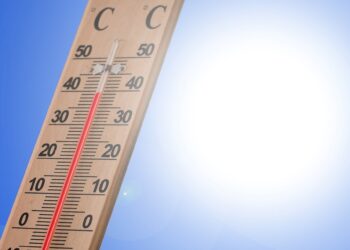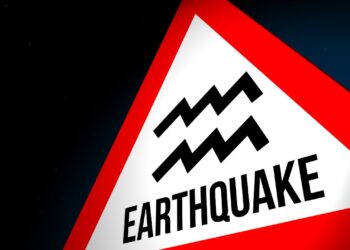KARACHI, Pakistan — Alongside the carnage of Pakistan’s massive earthquake came a new creation: a small island of mud, stone and bubbling gas pushed forth from the seabed.
Experts say the island was formed by the massive movement of the earth during the 7.7-magnitude quake that hit Pakistan’s Baluchistan province on Tuesday, killing at least 285 people.
“That big shock beneath the earth causes a lot of disturbance,” said Zahid Rafi, director of the National Seismic Monitoring Center.
The island appeared off the coast of Gwadar, a port about 330 miles (533 kilometers) from Pakistan’s largest city of Karachi and 75 miles (120 kilometers) from Iran.
A local journalist, Bahram Baloch, received the news via a text message from a friend.
“It said a hill has appeared outside my house,” Mr Baloch said.
“I stepped out, and was flabbergasted. I could see this grey, dome-shaped body in the distance, like a giant whale swimming near the surface. Hundreds of people had gathered to watch it in disbelief.”
Mr Baloch and some friends landed on the island on Wednesday morning to check it out and to take pictures.
“It’s an oval shaped island which is about 250ft to 300ft (76-91m) in length, and about 60 to 70ft above the water,” he said
It has a rough surface, much of which is muddy and some parts are mostly made up of fine- to coarse-grained sand. One part of it is solid rock, and that is where Mr Baloch and his friends landed.




“There were dead fish on the surface. And on one side we could hear the hissing sound of the escaping gas,” Mr Baloch said.
Although they couldn’t smell gas, they did put a match to the fissures from where it was oozing, and set it on fire.
“We put the fire out in the end, but it was quite a hassle. Not even the water could kill it, unless one poured buckets over it.”
Gas activation
Rashid Tabrez, the director-general of the Karachi-based National Institute of Oceanography, says the energy released by the seismic movements of these fault-lines activates inflammable gases in the seabed.
“The seabed near the Makran coast has vast deposits of gas hydrates, or frozen gas having a large methane content,” he explained.
“These deposits lay compressed under a sediment bed that is 300m-800m thick.”
“When the plates along the fault-lines move, they create heat and the expanding gas blasts through the fissures in the earth’s crust, propelling the entire sea floor to the surface.”
The island that popped up near Gwadar is the fourth in this region since 1945, and the third during the last 15 years, he said.
In 1999, and again in 2010, islands appeared within 1km of the coast of Ormara, just below the delta of the Hingol river.
One of the best known mud volcanoes of the region, the Chandragup, is located just inland from this location, a little way off the Hingol river.

The volcano serves as a holy site for Hindu pilgrims who make their offerings here in April each year before proceeding to the nearby cave temple of Hinglaj.
Mr Tabrez says the seismic activity in the coastal seabed has caused the gases to make conduits inland, leading to the formation of Chandragup and other mud volcanoes.
But while these inland volcanoes have sat along the Makran coast for centuries, the islands appearing in the sea hardly last more than a few months.
“One reason is that over a period of time, the pressure that propelled the sea floor to the surface eases up, causing the islands to subside,” he says.
“Another reason is that the fine-grained muddy material of the sedimentary seabed soon starts to erode due to sea action. In seven or eight months, the island is gone, and only its signature remains on the seabed.”
https://www.incpak.com/balochistan/gwadar-coast-new-island-emerges-earthquake-video/


















